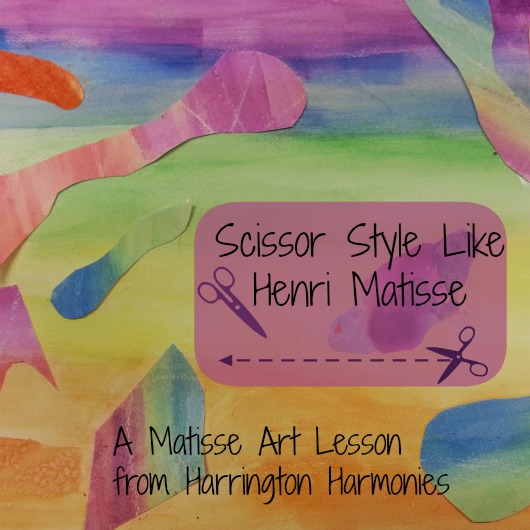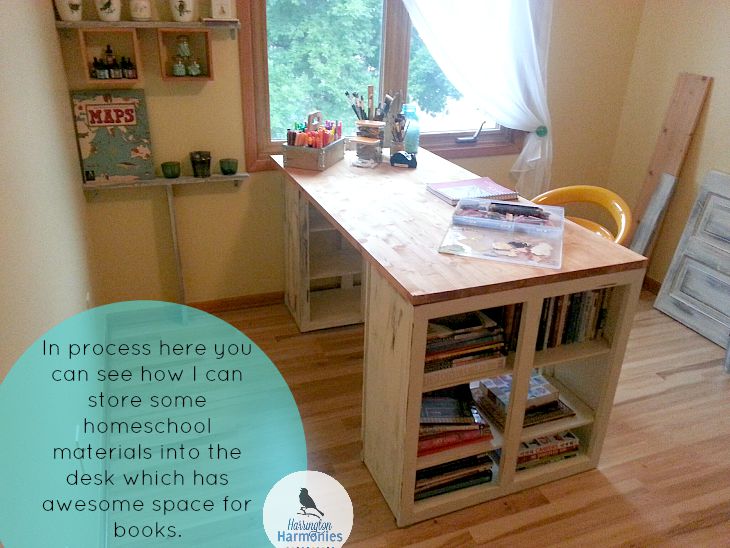 My son AND my students loved this lesson. I was somewhat concerned about the potential mess in doing glue designs with kids in 3-5th grade. Would it work? I am glad to say the kids loved it and did a fantastic job. It was a much more fail proof lesson than I had first thought. I think the key to our success was letting the children practice with the glue first.
My son AND my students loved this lesson. I was somewhat concerned about the potential mess in doing glue designs with kids in 3-5th grade. Would it work? I am glad to say the kids loved it and did a fantastic job. It was a much more fail proof lesson than I had first thought. I think the key to our success was letting the children practice with the glue first.

Ancient Babylon Art Lesson for Kids
You may use this lesson to teach Assyria as well. We actually looked at art form both near east civilizations, Assyria in the north and Babylon in the south and we read a story most likely told by both people-Gilgamesh the King (The Gilgamesh Trilogy). Our literature lesson for this class was analyzing the theme of Gilgamesh and the plot and the difference between them.

Art Appreciation: Art of the Ancient Near East
Studying the art of modern day Iraq proved quite the challenge. This history of art timeline was VERY helpful. Art is found throughout a civilization from it’s statues and sculptures to it’s architecture and jewelry. For this lesson, I focused on the metalworking and jewelry of the Near East.

Mesopotamia: Eyewitness DK kept it simple and had good pictures in them to view with the children. A book like that can be easier to follow and is categorized more by how artifacts were used in everyday life. I used it to cross reference an art book from my library on The Art of the Ancient Near East
which had bigger and better photographs of the artifact pieces so that the kids could see them better. We looked at and discussed:
- Cuneiform and Cylinder Seals – See Art Lesson for Making Your Own Cylinder Seal
- Statues and Molded Plaques
- Ishtar’s Gate
- Hammurabi’s Law and the Hanging Gardens
- Metalworking: Helmets, swords and knifes, bronze cups and bowls, Jewelry and Medallions, etc.

For this lesson I grouped the two civilizations together as Mesopotamia and that also gave me a chance to review a bit with them on cuneiform and the earlier Sumeria Art lesson. This way they realized we’re talking about the same land geographically but different time periods. We also began a timeline in their journals so we could keep it all clear.
Vocabulary for Babylon Art Lesson:
Artifact, Zuggurats, Hammurabi, Metalworking, Monotheism, Polytheism, Mythology
Supplies Needed for Babylon Art Lesson for Kids:
- 8 x 6 in. corrugated or heavy cardboard
- Ruler and compass
- Pencil
- Liquid school glue
- Metallic Acrylic Paint: gold, silver or bronze
Babylon Art Lesson Tutorial:

1. On a small piece of 8×6 in. rectangular cardboard, draw an ancient design with pencil.

2. With regular Elmers school glue, go over the design. Let him practice on scratch paper first to get a feel for how the glue moves and how much pressure to squeeze to get the amount he wants. Thicker is best. When it dries it looses some size and shrinks a bit.

Then when he feels confident, have him go over his design with the glue. Have him start on the inside and work his way out. This helps him not to smear it with his arms and elbows. Top to bottom works well also or rotating the cardboard- not reaching over.
3. Let dry overnight. It will look like this when dry:

4. Paint with metallic acrylic. You can use gold, silver, bronze, etc.
5. Once dry, if you want to make the plaque look old like an artifact, rub black shoe polish over the painted surface. Remove excess as desired.

*****A Note for Christians:
I thought about having them make these as medallions, but I felt it was better to make them as plaques. Many of the circular designs were symbols for a god or goddess- usually the sun god.
In order to use this as an opportunity to reinforce Christian belief, as opposed to conflicting with it, I went through the prophets and their stories in context of geography. We discussed how Jonah went to Nineveh and later Daniel to Babylon. This emphasized a clear contrast: while Isreal believed in the one true God the civilizations around them believed in many.
[ I. Tobit’s Ordeals ] His Virtue. I, Tobit, have walked all the days of my life on paths of fidelity and righteousness. I performed many charitable deeds for my kindred and my people who had been taken captive with me to Nineveh, in the land of the Assyrians. Tobit: 1:3 ~New American Translation
This post has been part of my Art Around the Ancient World Series.
The following lists each lesson by civilization, what each lesson’s focus will be, and the media/project tutorial. (These are subject to change.)
- Prehistory– Cave Paintings- Painting the Ancient Way
- Sumerians – Ancient Writing -Cylinder Seals in Clay
- Egypt – Egyptian Art and Hieroglyphs- Multi Media/ Egyptian People Coming Soon!
- Assyrians and Babylonians – Glue Painting- Babylonian Art Lesson for Kids [You are here.]
- Phoenicians– Ancient Dyes- Batik Bags
- West Africa– Akuaba Wooden Doll- Scratch Art
- Minoan and Mycenaean– Early Greek Masks-Paper Mache Masks
- Persians– Persian Carpets and Decor- Paper Weaving
- China- Tangrams– Tessellating Birds
- Greece- Etruscan Vases- TBA
- Rome- Mosaics- TBA
Be sure to follow my Pinterest board too! The possibilities are epic!
Follow Stephanie @ Harrington Harmonies’s board Education | Art Around the Ancient World on Pinterest.
Sources and Resources:
University of Chicago: Oriental Institute Mesopotamia Interactive, Teacher’s Resource
Story of Gilgamesh
Metropolitan Museum of Art: Babylonian Medallion and Art History Timeline for Mesopotamia
List of Mesopotamia Resources from Learning Online Blog
























6 Comments
Aadel
Oh – I love this idea! And we already have the metallic paint from our Egyptian canopic jars. I feel a project coming on!
Stephanie
Awesome. I want to see pictures!
Tonia
What a great project! We’re right in the middle of ancient history right now – working our way through Assyria and Babylon. Will have to add this art project to our plans (love that it only needs basic art supplies).
Stephanie
Yep! I try for all my projects to be affordable. Toni, I’d love to see them if you do them. Post to my fb page or send to me. And let me know if you have any questions too!
Phyllis at All Things Beautiful
I really, really love this! I can’t wait until we get back, around to the Ancients again so that we can do this.
Stephanie
Thanks Phyllis! One thing about these lessons is that they can be done whenever you study the Ancients; now or on the future.